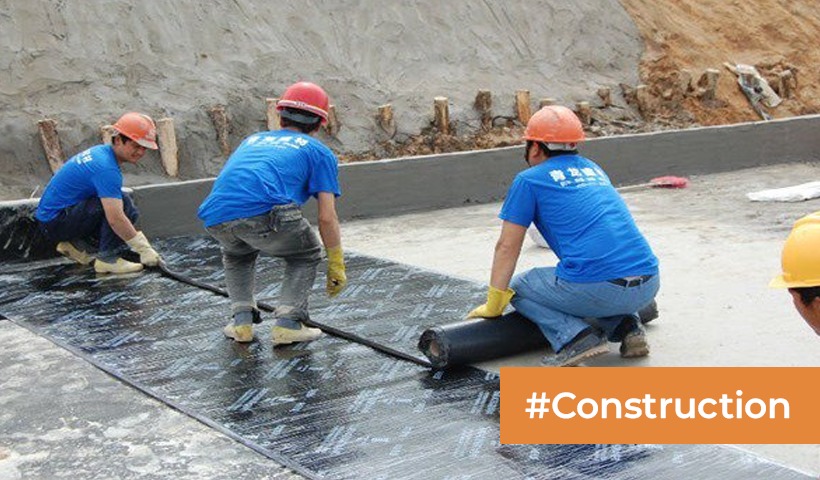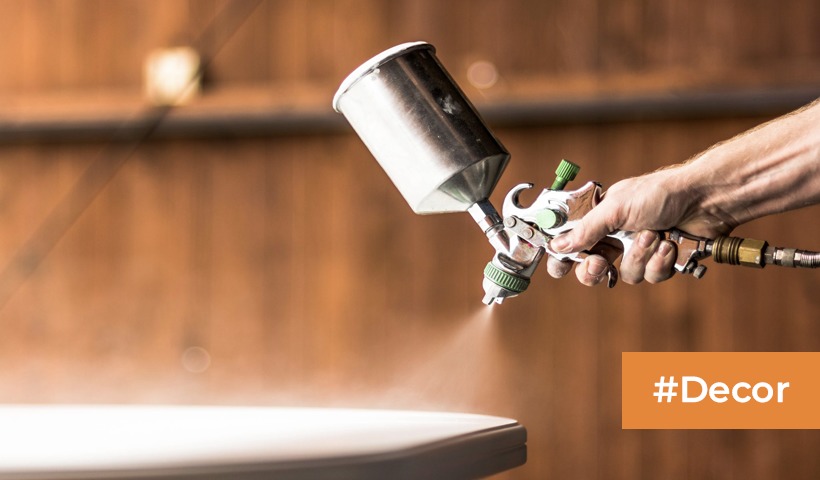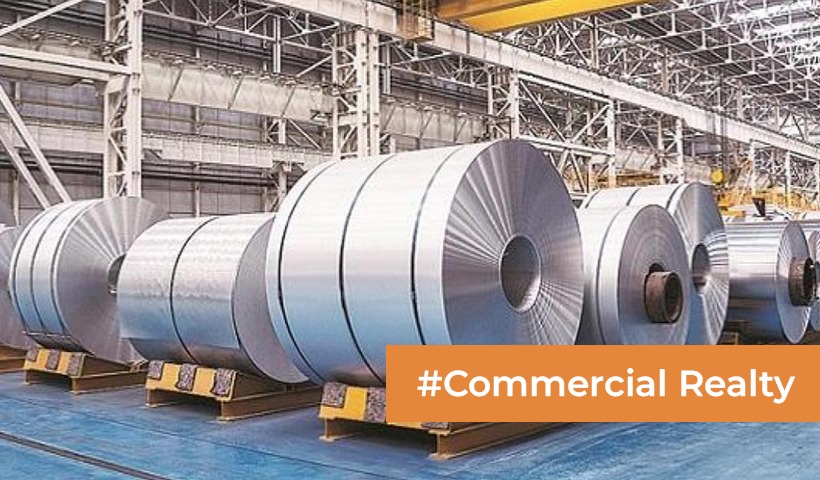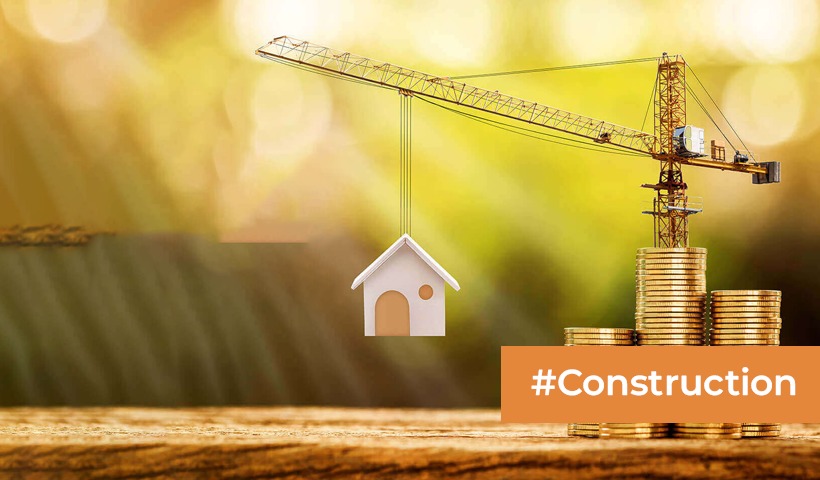Understanding the Role of Stirrups in Construction!
In the world of construction, each component and element plays a crucial role in ensuring the stability and durability of a structure. One such important element that often goes unnoticed by the casual observer is the “stirrup.” Stirrups are essential components in reinforced concrete construction, providing the necessary structural support to reinforce the building’s integrity. In this blog, we will delve into what stirrups are, their significance in construction, and how they contribute to the strength and safety of buildings.
What Are Stirrups in Construction?
Stirrups, also known as “tie reinforcement” or “stirrup reinforcement,” are U-shaped or L-shaped reinforcement bars that encircle vertical bars (known as longitudinal bars or main bars) in reinforced concrete elements, such as beams, columns, and structural walls. These stirrups help maintain the integrity of the structure by preventing the main bars from buckling or separating under load, such as the weight of the building or external forces.
The Significance of Stirrups in Construction
- Shear Reinforcement: One of the primary functions of stirrups is to provide shear reinforcement in concrete members. Shear forces act perpendicular to the longitudinal axis of a structural element and can cause it to fail if not adequately resisted. Stirrups help prevent diagonal cracks from forming and enhance the structure’s ability to withstand shear forces.
- Concrete Encasement: Stirrups contribute to the concrete’s encasement of the main bars, ensuring that the concrete effectively protects the steel reinforcement from environmental factors like corrosion.
- Enhanced Ductility: Stirrups increase the ductility of the structure. Ductility is the ability of a material to deform before it fails, and it’s a crucial property for a building’s ability to withstand seismic activity and other extreme loads.
- Load Redistribution: During seismic events or excessive loads, stirrups help redistribute stresses and prevent concentrated loads from causing localized damage to the structure.
Types of Stirrups
Stirrups come in various shapes and sizes to suit the specific needs of different construction elements. The most common types include:
- Rectangular Stirrups: These are typically used in beams and provide excellent resistance to shear forces.
- Circular Stirrups: These are primarily used in columns and are suitable for resisting both shear and lateral forces.
- Spiral Stirrups: Commonly found in high-rise structures and seismic-resistant buildings, spiral stirrups offer enhanced ductility and seismic performance.
Installation and Placement
Stirrups must be placed at regular intervals along the length of the main bars, typically spaced at a specified distance as per structural engineering designs. Their placement and spacing are critical to ensure the structural integrity of the building.
Stirrups are unsung heroes in the world of construction, quietly reinforcing the building’s structure and ensuring its safety and longevity. While they may not be immediately visible in the finished building, their significance cannot be overstated. These seemingly simple U-shaped or L-shaped bars play a vital role in reinforcing concrete elements, preventing shear-related failures, enhancing ductility, and ultimately contributing to the overall strength and stability of the structure. For architects, engineers, and construction professionals, stirrups are an integral part of the design and construction process, ensuring that the built environment remains secure and resilient.
Disclaimer: The views expressed above are for informational purposes only based on industry reports and related news stories. PropertyPistol does not guarantee the accuracy, completeness, or reliability of the information and shall not be held responsible for any action taken based on the published information.




